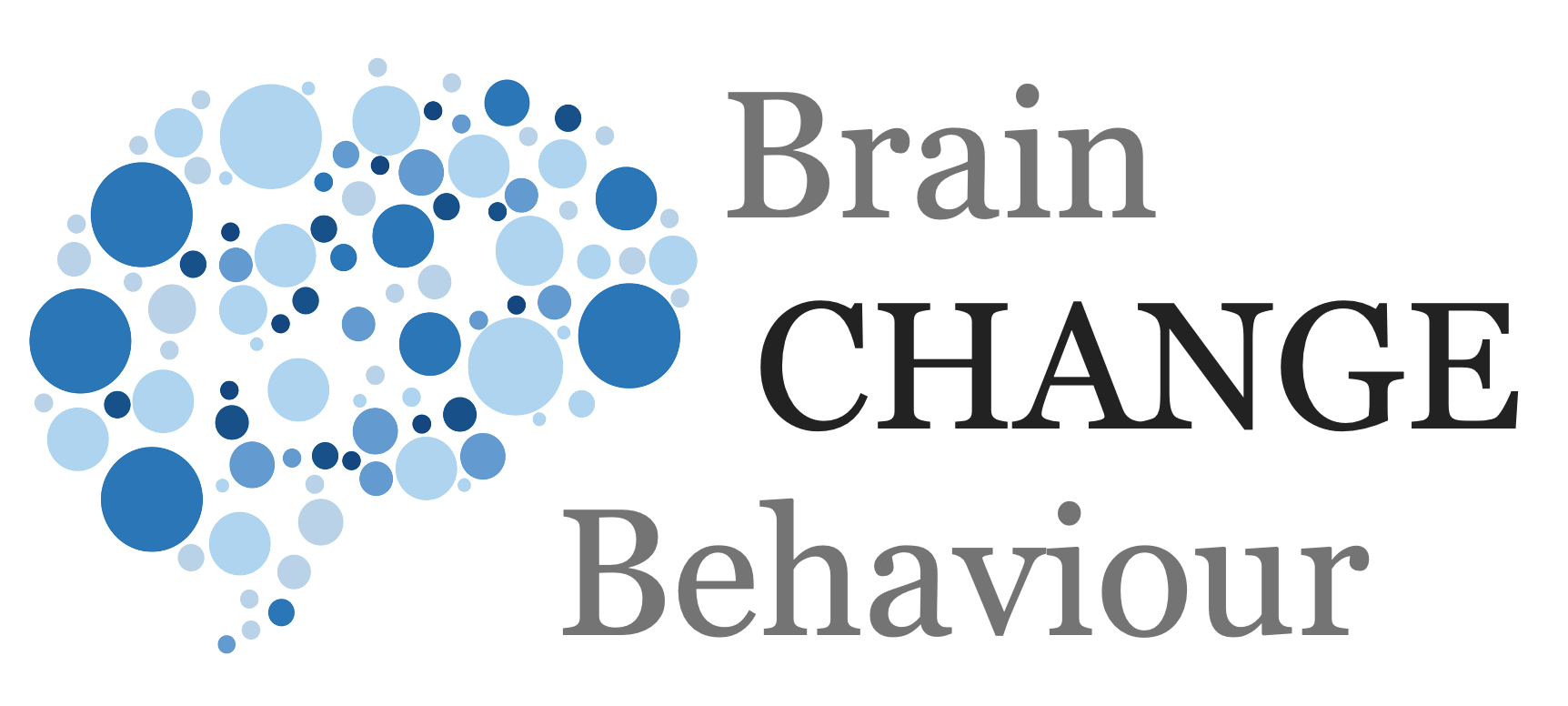Article
Grouping

From: Michie, S., van Stralen, M. M., & West, R. (2011). The behaviour change wheel: A new method for characterising and designing behaviour change interventions. Implementation Science, 6(1).
The behaviour change wheel is the result of a systematic review of change models, frameworks, and theories, followed by the subsequent realisation that they were not aligned and describing different things.
This therefore gives a nice summary of behaviour interventions and policy categories to guide change in multiple contexts particularly when trying to influence large-scale change across population groups.
This is not designed as a linear model as each section on the wheel can interact with multiple other sections but rather aims to show the different mechansims in one succinct diagram.

Michie et al.’s COM-B behavioural model
COM-B is a simple descriptive model of behaviour whch outlines three contributing factors of Capability, Opportunity, and Motivation. Each can independentally activate behaviour but often influence each other so that having capability and the opportunity increases motivation and thus likelihood of a behaviour. Each of these has two subsets, for example, Capability has physical capability and psychological capability.
From this there are nine intervention functions and these will be related to the behaviour. This serves as a taxonomy of interventions.
-
- Environmental restructuring
- Restrictions
- Education
- Persuasion
- Incentivisation
- Coercion
- Training
- Enablement
- Modelling
On top of these there are seven policy categories
-
- Guidelines
- Environmental / Social Planning
- Communication / Marketing
- Legislation
- Service Provision
- Regulation
- Fiscal Measures
This therefore gives, firstly, a comprehensive tool to anaylse behavioural change processes, and secondly, a taxonomy of change and how to initiate this particulalry in society and governmental contexts.
Simple Takeaways
-
- Capabilities + Opportunity + Motivation = Behaviour
- There are nine types of intervention
- There are seven policy categories
© leading brains 2022
References
The behaviour change wheel: A new method for characterising and designing behaviour change interventions. Implementation Science, 6(1).
More Articles
To Change, Start Right Away
Sorry, stupid question right off the cuff. Change what?
Well, in this recent study they were looking at changing health behaviours.
Nudges Work In Changing People’s Behaviour
So what do you mean by “nudges”?
Richard Thaler is considered is one of the founding fathers of nudge theory in the behavioural sciences proposing nudges as the best method to modify people’s behaviour. Made popular by his book Nudge in 2008.
Followers Make Group Decisions a Lot Worse, or a Lot Better
First off, why is group decision-making important?
Well, a lot (just about all, if you think about it) of the biggest decisions in society and in business are made by groups: executive committees, governments, even the population in referendums.
The Right Rewards Boost Creativity in Business
So who doesn’t want to have creative ideas in their business.
The problem is getting employees to be creative while doing their day job as well. We also know that just asking or demanding creativity can diminish creativity and innovation!
Changing Your Personality — Even If You Don’t Want To!
Are you telling me that our personality can change even if we have no motivation to do so?
In a nutshell, yes. But it depends on which personality trait!
Exercise is Infectious
This is an older study (2017) I came across and found fascinating. As many of you regular readers will know I have reported many times on the benefits of exercise.
Why our Brains Miss Opportunities for Innovation
When we think of innovation we think of creating something new. A new study shows that, however, we, by default, try to add something whereby subtracting something could make something better.
Brain Region for Changing Behaviour Identified
The saying goes “Insanity is doing the same thing over and over again and expecting different results.” This obviously refers to doing the same thing over and over and continually getting a bad result
From Couch to Ultra Marathon with Mental Imagery
On first glance I thought the above headline was fascinating. I am a sports person, look into the neuroscience of motivation, and have been in the “motivational” space for nigh on two decades.
Limits to Scalability – Voltage Drops
Voltage Drop is a useful term and analogy to the problems of scaling ideas or change in any environment. Voltage drop refers to how electrical current can decrease across distance it travels.










